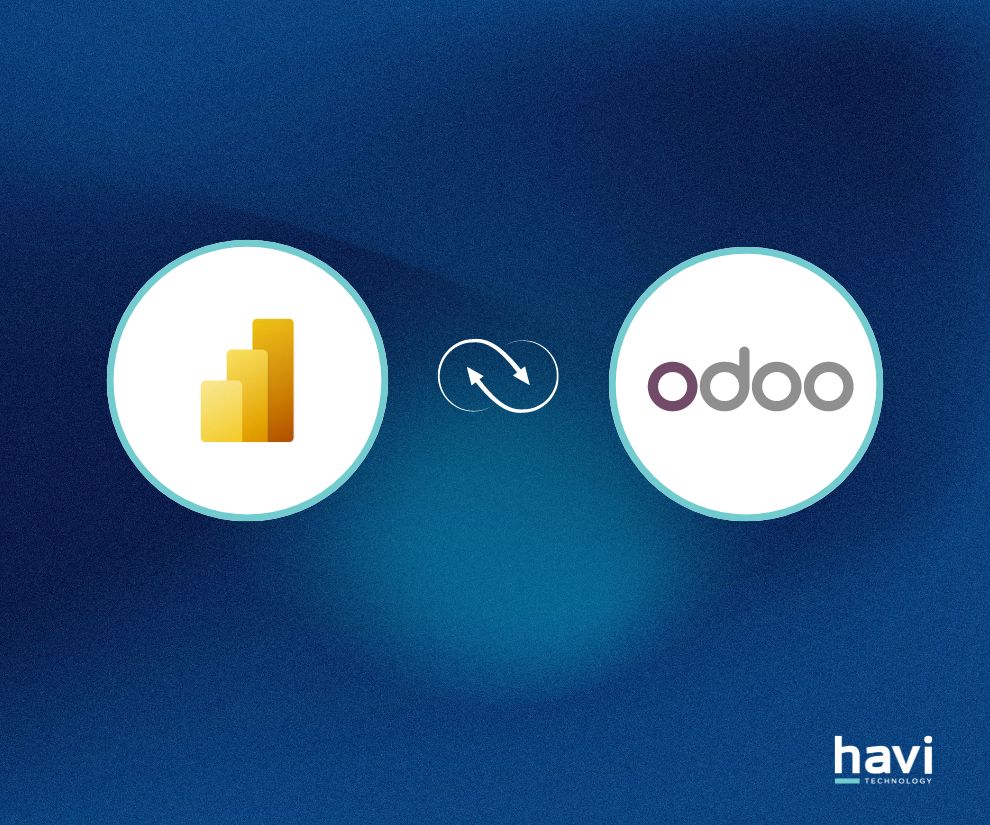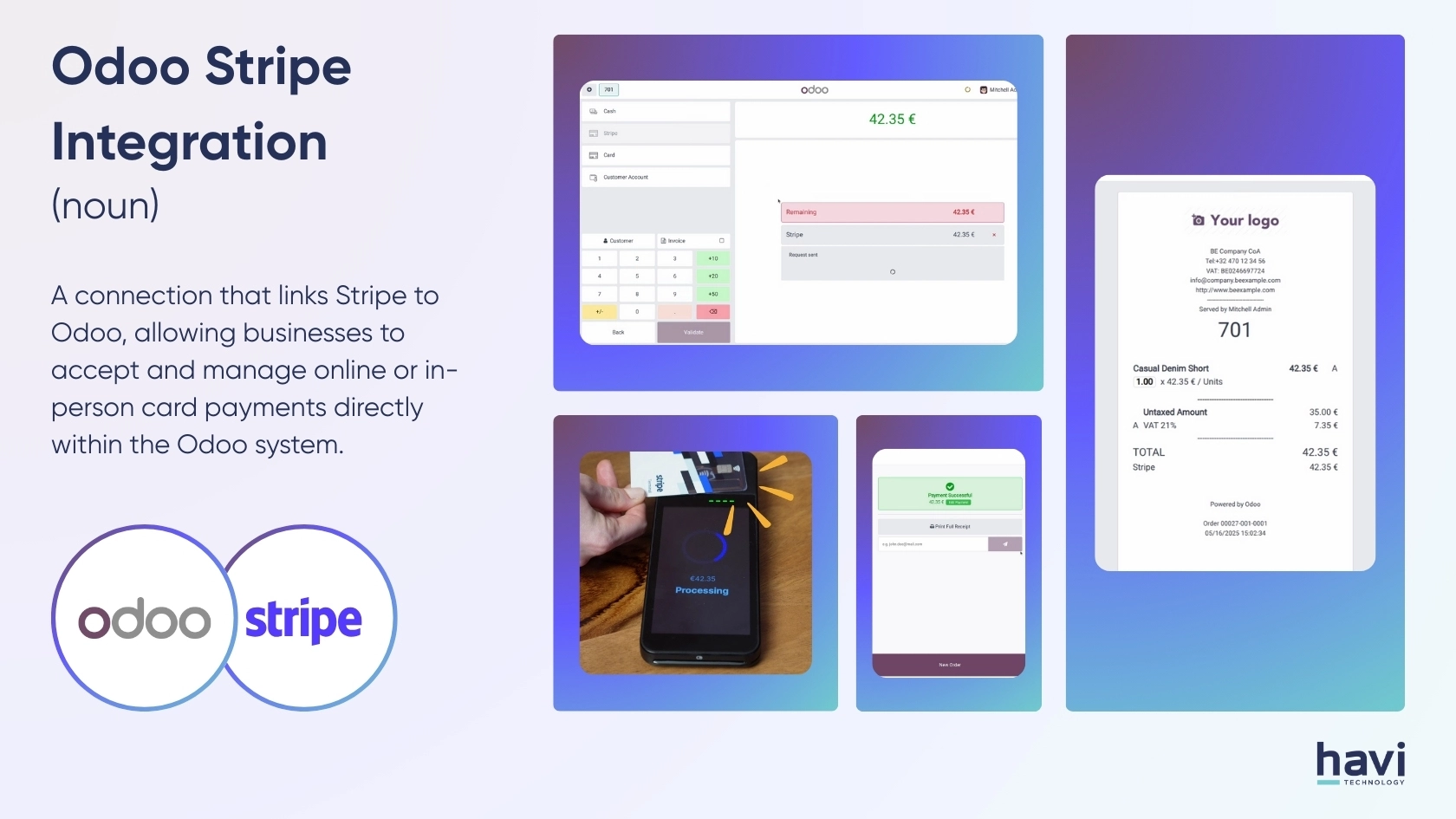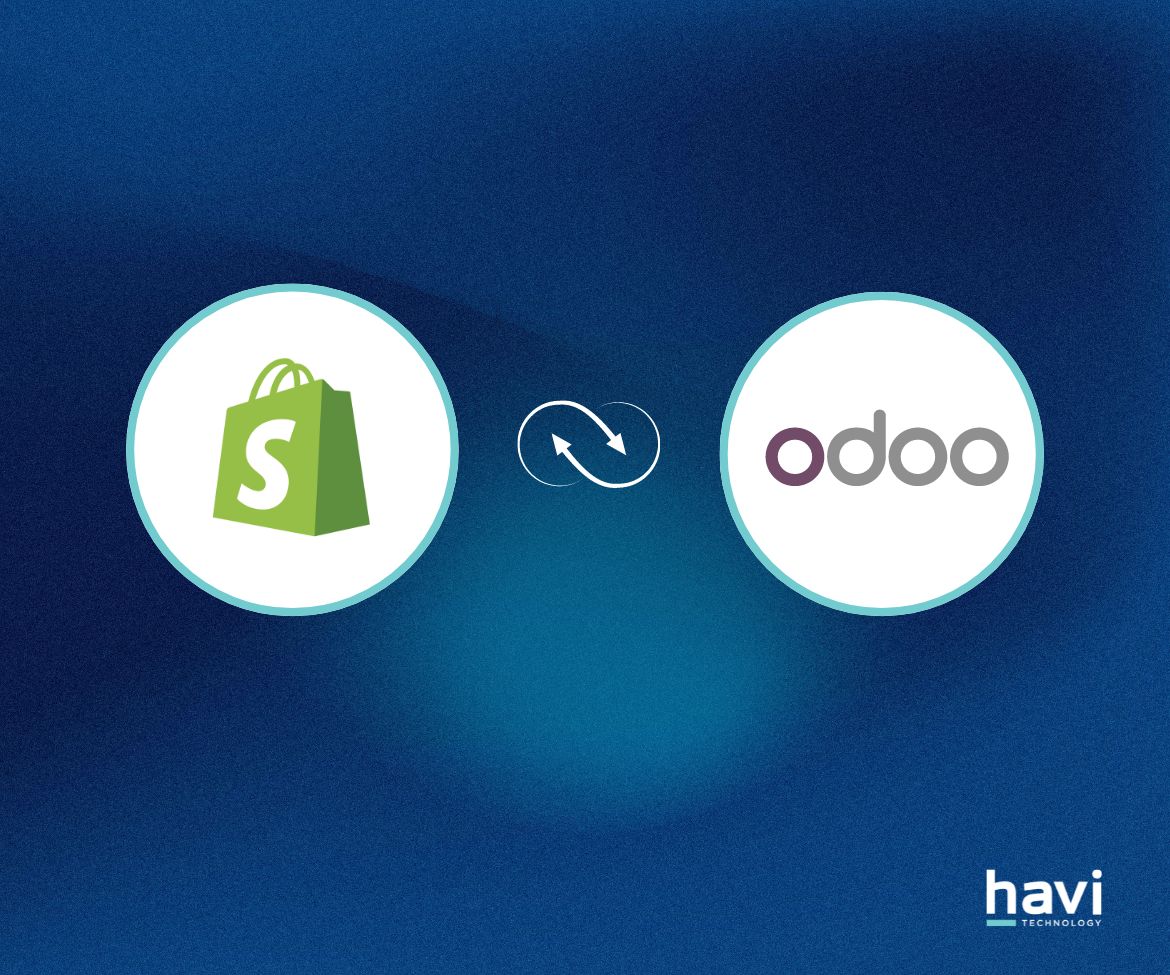TABLE OF CONTENTS
- 1. Website and Customer Experience
- 1.1. Website & eCommerce: Guided Onboarding, New Templates, Google Merchant Sync
- 1.2 Live Chat and Discuss: Expertise Routing, Chat Insights, Status Controls
- 2. Sales, CRM and Subscriptions
- 2.1 Sales: Editable Optional Products, Catalogue Sections, Portal Top-Up
- 2.2. CRM and Marketing: AI Probability, Lead Sources, Kanban Linking
- 2.3. Subscriptions: Prorated Billing, One-Time Sales, Portal Edits
- 3. Inventory, Purchase and Barcode
- 3.1. Inventory and Purchase: Packages within Packages, Forecasted Reports, Suggested Quantity to Replenish
- 3.2. Barcode: Operation Descriptions, Product Source Location, Lot and Serial Number Properties
- 4. Manufacturing, Shop Floor & Planning
- 4.1. MRP: Gantt View, Editable Deadlines, Labour-Based Valuation
- 4.2. Shop Floor & Planning: Barcode Workflows, Shift Scheduling, Routing Edits
- 5. Project, Timesheets and Services
- 5.1. Project and Timesheet: Smart Assign, Mobile Grid View, Priority Alerts
- 5.2. Field Service and Appointments: Calendar View, Technician Tracking, Mass Planning
- 6. HR, Payroll and Expenses
- 6.1. Payroll: Redesigned Engine, Payslip Correction, Unified Master Report
- 6.2. Time Off and Expenses: Odoo Master Cards, Multi-Expense Submission, Complex Duration
- 7. Accounting, Compliance and ESG
- 7.1. Accounting: Peppol Invoicing, Bank Sync, BAS Reports
- 7.2. ESG App: Scope 1–3 Emissions, CSRD Reporting, Auto Category Mapping
- 8. AI, Documents and Sign
- 8.1. AI App: Prompt Commands, Auto Field Completion, Voice and Web Search
- 8.2. Sign and Documents: Bulk Signing, Chatter Integration, Access Controls
- Odoo 19: What’s Coming For Australia?
- 1. Fully compliant Payroll AU with STP Phase 2 and SuperStream
- 2. ABA file payments, Direct Debit for wages/super
- 3. Multi-stream YTD import, backpay, and validations
- 4. 2025–26 tax rules, STSL changes, ATO security
- 5. Peppol invoicing, GST toggle, fringe benefits, BAS automation
- 6. Tyro integration
- 7. Roadmap: SBR BAS lodging, Open Banking, PEL Access, Fiduciary Program
- Odoo 19’s FAQs For Australian Teams
- 1. How should Australian businesses prepare?
- 2. How is Odoo 19 different from Odoo 18 in Australia?
- 3. How can AI in Odoo 19 be tailored for real business outcomes?
- 4. How can I try Odoo 19 or upgrade from my current version?





Wondering how to integrate your Salesforce with Odoo efficiently? This article helps you explore three common data integration workflows and overcome typical integration challenges. Let’s dive in.
Why Integrate Odoo With Salesforce
Integrating Odoo and Salesforce is a great option if you’re planning to streamline your business operations and foster customer service. Establishing a smooth connection between these two platforms helps businesses gain a comprehensive view of their sales and customer management procedures with more consistent data and seamless workflows.
Common Integration Workflows To Consider
By establishing a seamless data-sharing solution, Odoo and Salesforce integration ensures that both platforms operate with the latest database. Here we summarise three common integration features between Odoo and Salesforce:
1. Export Odoo sales & customer data to Salesforce
To update your Salesforce CRM with the latest data, the integration helps export essential data groups from the Odoo system. For example, when a new product is updated in Odoo, the integration automatically exports product data to its corresponding records in Salesforce. This provides up-to-date customer and product information in Salesforce, improving sales rep productivity. In Odoo, transferable data can be:
2. Import Salesforce sales & product data to Odoo
Importing data from Salesforce to Odoo can help enrich your Odoo with the latest updates on various activities such as fulfilment and tracking, inventory control and order processing, etc. For example, when a customer address is updated in Salesforce, it will be automatically imported to the corresponding record in Odoo. This may help users automate data entry and streamline the fulfilment stage. Common transferable data in Salesforce can be:
3. Synchronise Odoo & Salesforce data
To make sure that both Odoo and Salesforce get the latest data, you can utilise the integration to establish a two-way synchronisation between the two platforms. For instance, when a customer address is adjusted in Odoo, the integration automatically updates the corresponding record in Salesforce, or vice versa. This enables data consistency across Odoo and Salesforce and gets rid of data discrepancies. You can consider these types of data:
Tips To Mitigate Potential Odoo & Salesforce Integration Challenges
Any successful integration requires thorough planning and careful execution. Below are the most common challenges that many businesses encounter when integrating Odoo with Salesforce:
Potential Challenges
Overcoming Tips
Complex data mapping
Inconsistent or incompatible data
Disrupted or leaked sensitive customer data
Poor user adoption
Low integration performance
Limited integration features
Customise Workflows With An Official Odoo Partner
This article has discussed common workflows for Odoo and Salesforce integration. However, it is critical to understand that each business has unique structures and procedures. In case it is difficult for you to handle the integration complexity, consider working with an official Odoo partner to make the most out of the integration.
At Havi Technology, we are highly experienced with Odoo and its integration challenges. Our team of ISO-certified Odoo experts will help to analyse your processes, build and customise integration solutions to meet your unique demands.
1. Does Odoo have a CRM?
Yes. Odoo is an open-source ERP that consists of integrated modules for key business functions, including a CRM module. Odoo CRM allows you to efficiently manage leads and opportunities, streamline sales pipelines, integrate with marketing automation solutions, and eventually increase sales revenue.
2. Which methods are available to integrate Odoo with Salesforce?
You can integrate Odoo with Salesforce in 2 ways:
3. Can I choose what data to synchronise between Odoo and Salesforce?
Yes, you can, but the flexibility depends on the integration solution you choose. With pre-built connectors, their features usually showcase the types of data that you can synchronise between the two platforms - however, it can be limited if your desired data types aren’t included.
On the other hand, if you discuss your unique case with integration specialists, they will identify your data requirements right at the beginning and evaluate the integration potential later. This offers more flexibility but may come with extra costs if your workflows are significantly complex.